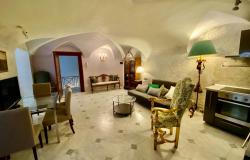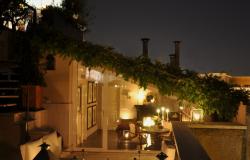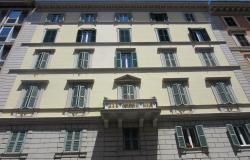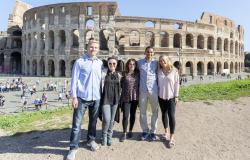San Gennaro Masterpieces Arrive In Rome
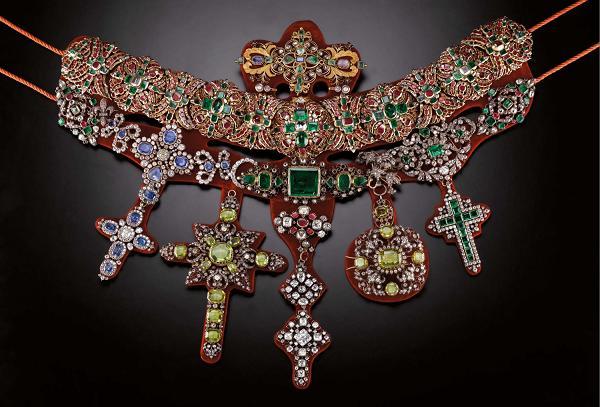
words by Carol King
For the first time ever, items from Naples’ Museo del Tesoro di San Gennaro (Museum of San Gennaro’s Treasure) will go on show in Rome.
The exhibition ‘Il Tesoro di Napoli’ (The Treasure Of Naples) opens at the Italian capital’s Museo Fondazione Roma at Palazzo Sciarra on 30 October 2013. The show runs until 16 February 2014. For the first time, more than 90 works from one of the most important collections of goldsmiths’ art in the world will be presented outside Naples next to original documents, paintings, drawings and vestments.
San Gennaro (St. Januarius) is the patron saint of Naples and the most popular Catholic saint in the world. The exhibition examines the evolution of the cult of San Gennaro in Naples, why the treasure belongs to a lay institution and how Neapolitan goldsmiths’ art has been perfected over the centuries, giving rise to most of the masterpieces on display.
The show will revolve around the two most extraordinary masterpieces: the ‘Necklace of San Gennaro’ made by Michele Dato in 1679, and the gilded silver ‘Mitre’ created by Matteo Treglia in 1713 with its 3,326 diamonds, 164 rubies, 198 emeralds and two garnets. The ‘Necklace of San Gennaro’ is one of the most precious pieces of jewellery in the world and its history is intertwined with the devotion accorded to the saint. It has a large solid gold mesh on which are hung crosses studded with sapphires, emeralds and diamonds donated by royals such as Charles III of Spain, Maria Carolina of Austria, Victor Emmanuel II of Italy and the elder brother of Napoleon Bonaparte, Joseph.
San Gennaro was beheaded in September 305 in Pozzuoli. According to tradition, a devout woman, Eusebia, collected the martyr’s blood and preserved it in two phials. San Gennaro’s remains were stolen in 315 and returned to Naples in 1497. The first recorded reference to the saint’s miraculous blood was in 1389. In December 1631, vials containing the blood were exposed when Mount Vesuvius erupted; the lava stopped at the Granili Bridge and did not enter the city.
